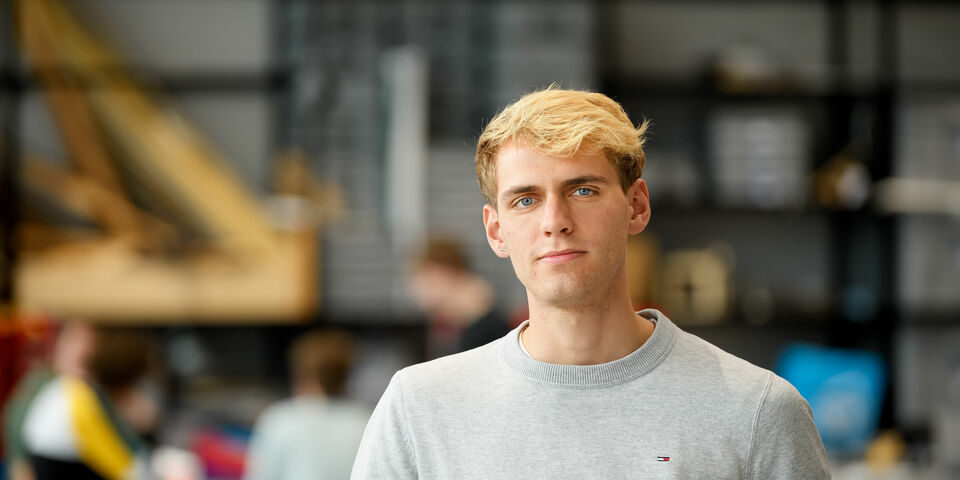The Gentrification of Innovation
My earliest memory is sitting on the floor at home in my underwear unscrewing a toy. That’s how TU kids play. Nothing much has changed since then. Nowadays I put on clothes and work from dull buildings, enjoying the unlimited possibilities of the university “where innovation starts”.
Where innovation really starts is in hot attic rooms where long nights are spent working on apps that rise high in the rankings. Or in car garages with typical Brabant amateur mechanics, who work on problems that large dealerships wouldn’t dare touch. A lot of innovation isn’t born out of a lab or on the top floor of tall corporate towers; much of it starts at the periphery of practice.
These breeding grounds for innovation often have their roots in activism or counterculture and are grounded in “doing things slightly differently than others”. It doesn’t just come out of nowhere and you certainly can’t design it. That’s because it’s a kind of secret recipe for “makerspaces”.
These exist at the university too. Take, for example, the student teams’ home base: Momentum. It’s sort of an eyesore, nestled away somewhere on campus, but wonderful things happen there. Walls full of post-its, a sink full of dishes and a building full of close-knit student teams. The atmosphere is one where you can experiment, make mistakes and learn from them. There’s a playground of machines and materials to facilitate that. Here, people still play and explore in a way that is driven by curiosity.
I was also invited to the home of the Delft student teams: the Dream Hall. In Delft, this place has a more conspicuous spot on campus. The Dream Hall is designed with pride, as if the machines, students and projects are on display. It’s an open hall that exudes a sense of conviviality and where people can have a short chat with each other. One can’t help but notice that the student teams are held in higher regard there, maybe they’re even a bit elitist. This is typical for Delft, putting so much focus on “the image”. It’s reflected, for example, in the renovation of this building: they’ve tucked away a Karel Appel behind a new trendy entrance to welcome partners for tours.
This is a perfect example of the great danger that is lurking for places like this: the gentrification of innovation. The moment a group of people discovers the secret recipe for innovation somewhere, this space quickly starts to expand, to the point where the ingredients of that recipe change or fade away. The fact that such a place becomes successful and grows is not the problem, but along the way, choices will be made that undermine its original values. You can’t just put a 3D printer somewhere and expect it to produce a startup.
In setting up, maintaining and relocating these unique innovation spaces, its basic principles must be carefully safeguarded. The essence of such breeding grounds lies, on the one hand, in the people working together and, on the other, in the ambition they have to address a social issue. That combination can result in something magical. A makerspace will be set up in the new Vestide towers, Momentum is closing and the student teams will be housed elsewhere. I expect that, at this university, this wonderful form of innovation will not fade away but instead be nurtured and stimulated.


Discussion